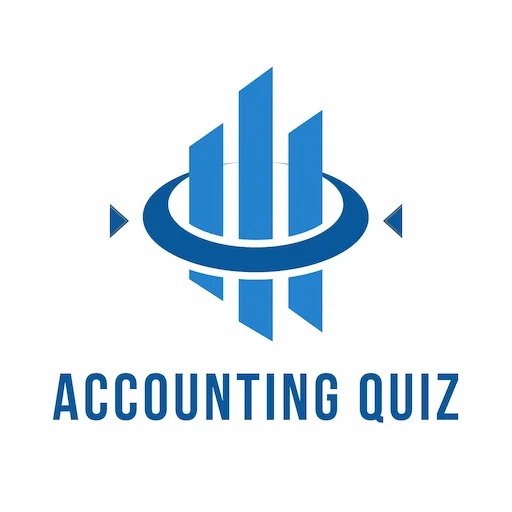Swaps
Swaps are agreements to exchange a series of payments on multiple settlement dates over a specified time period (e.g., quarterly payments for two years). At each settlement date, the two payments are netted so that only one net payment is made. The party with the greater liability at each settlement date pays the net difference to the other party.
Swaps trade in a dealer market and the parties are exposed to counterparty credit risk, unless the market has a central counterparty structure to reduce counterparty risk. In this case, margin deposits and mark-to-market payments may also be required to further reduce counterparty risk.
We can illustrate the basics of a swap with a simple fixed-for-floating interest rate swap for two years with quarterly interest payments based on a notional principal amount of $10 million. In such a swap, one party makes quarterly payments at a fixed rate of interest (the swap rate) and the other makes quarterly payments based on a floating market reference rate.
The swap rate is set so that the swap has zero value to each party at its inception. As expectations of future values of the market reference rate change over time, the value of the swap can become positive for one party and negative for the other party.
Consider an interest rate swap with a notional principal amount of $10 million, a fixed rate of 2%, and a floating rate of the 90-day secured overnight financing rate (SOFR). At each settlement date, the fixed-rate payment will be $10 million × 0.02/4 = $50,000. The floating-rate payment at the end of the first quarter will be based on 90-
day SOFR at the initiation of the swap, so that both payments are known at the inception of the swap.
If, at the end of the first quarter, 90-day SOFR is 1.6%, the floating-rate payment at the second quarterly settlement date will be $10 million × 0.016 / 4 = $40,000. The fixed-rate payment is again $50,000, so at the end of the second quarter the fixed-rate payer will pay the net amount of $10,000 to the other party.
A company with 2-year floating-rate quarterly-pay note outstanding could enter such a swap as the fixed-rate payer, converting its floating-rate liability into a fixed-rate liability. It now makes fixed interest rate payments and can use the floating-rate payments from the counterparty to make the payments on its floating-rate debt. By entering into the swap, the company can hedge the interest rate risk (uncertainty about future quarterly rates) of their existing floating-rate liability.
As we will see in our reading on swap valuation, a swap can be constructed from a series of forward contracts in which the underlying is a floating rate and the forward price is a fixed rate. Each forward settles on one of the settlement dates of the swap. At each settlement date, the difference between the fixed and the floating rates would result in a net payment, just as with a swap. Often, interest rate forwards settle at the beginning of the quarter rather than the end; the cash flows are the present value equivalents of the end-of-quarter swap payments.
Credit Swaps
One type of swap that is structured a bit differently is a credit default swap (CDS). With a CDS, the protection buyer makes fixed payments on the settlement dates and the protection seller pays only if the underlying (a reference security) has a credit event. This could be a bond default, a corporate bankruptcy, or an involuntary restructuring.
When a credit event occurs, the protection seller must pay an amount that offsets the loss in value of the reference security. The fixed payments represent the yield premium on the reference bonds that compensates bondholders for the expected loss from default, the probability of default times the expected loss in the event of default (or other credit event). The protection buyer is essentially paying the yield premium on the reference security for insurance
against default.
The holder of a risky bond can hedge its default risk by entering a CDS as the protection buyer. The protection seller receives the default risk premium (credit spread) and takes on the risk of default, resulting in risk exposure similar to that of holding the reference bond.
